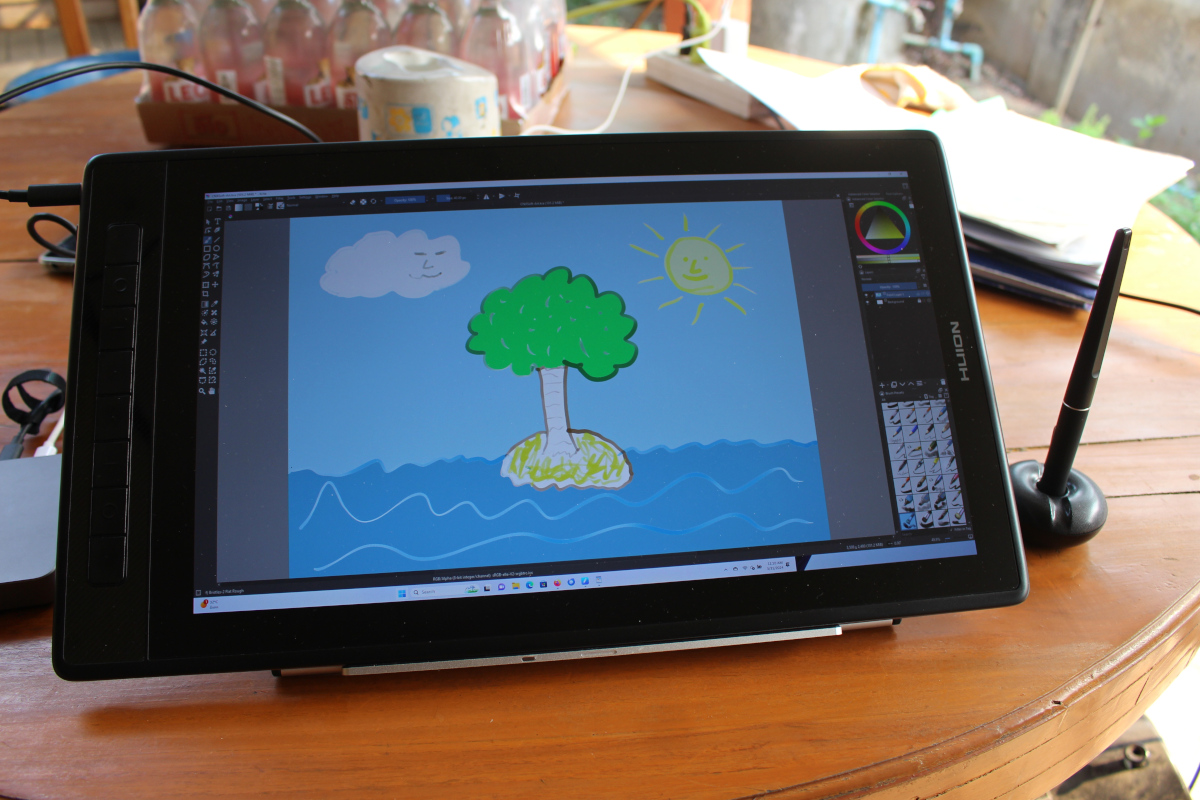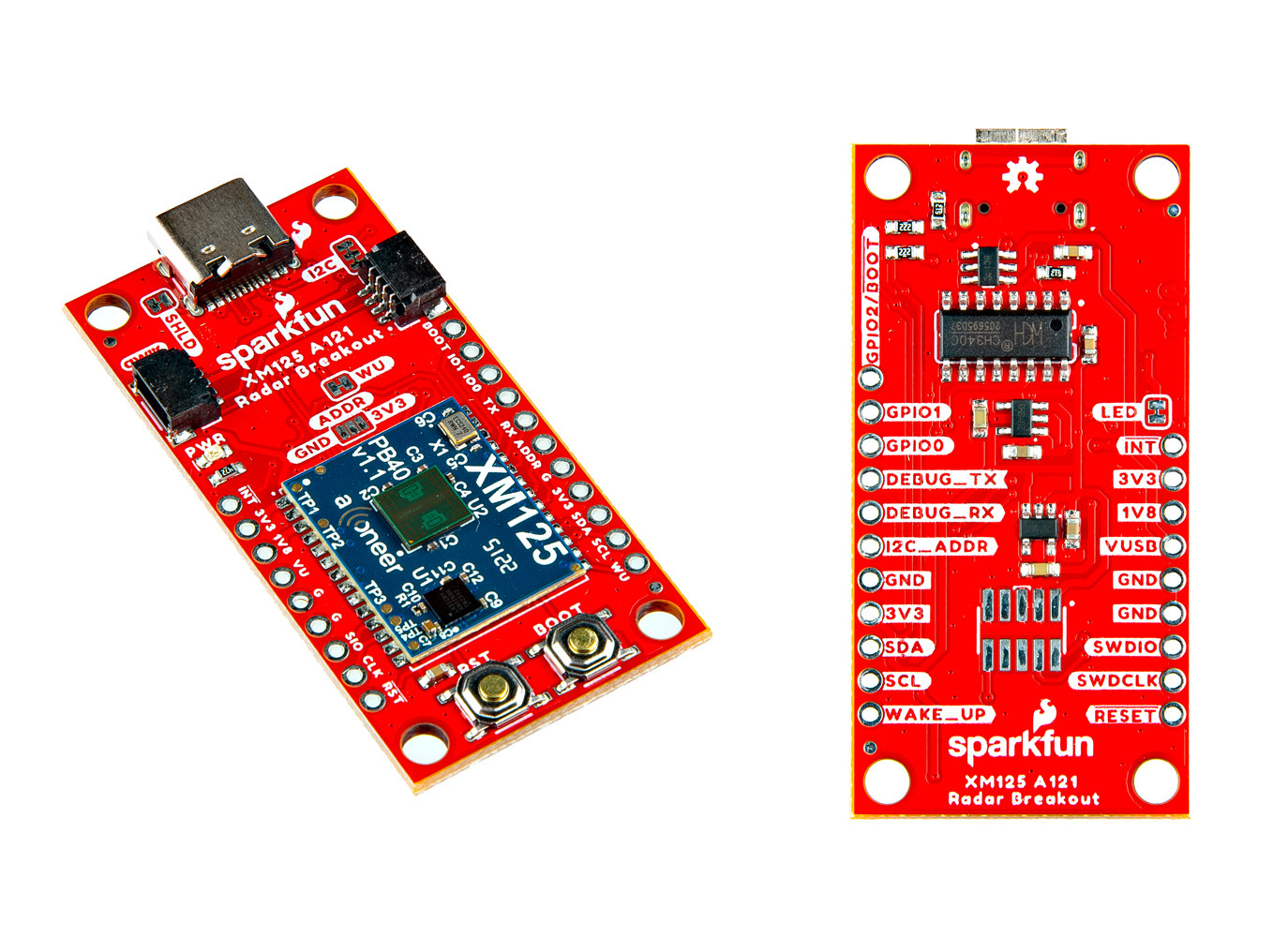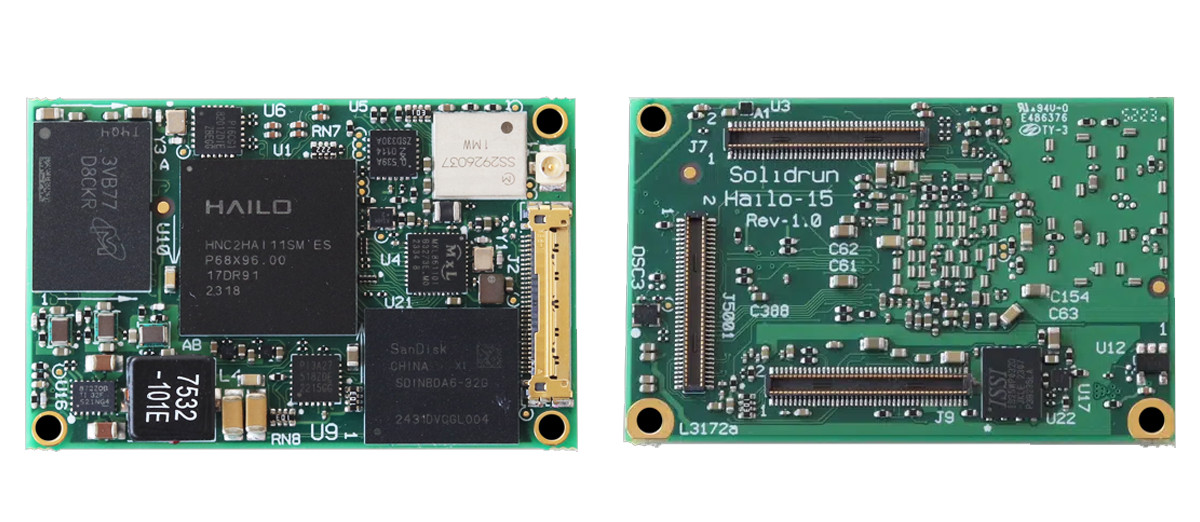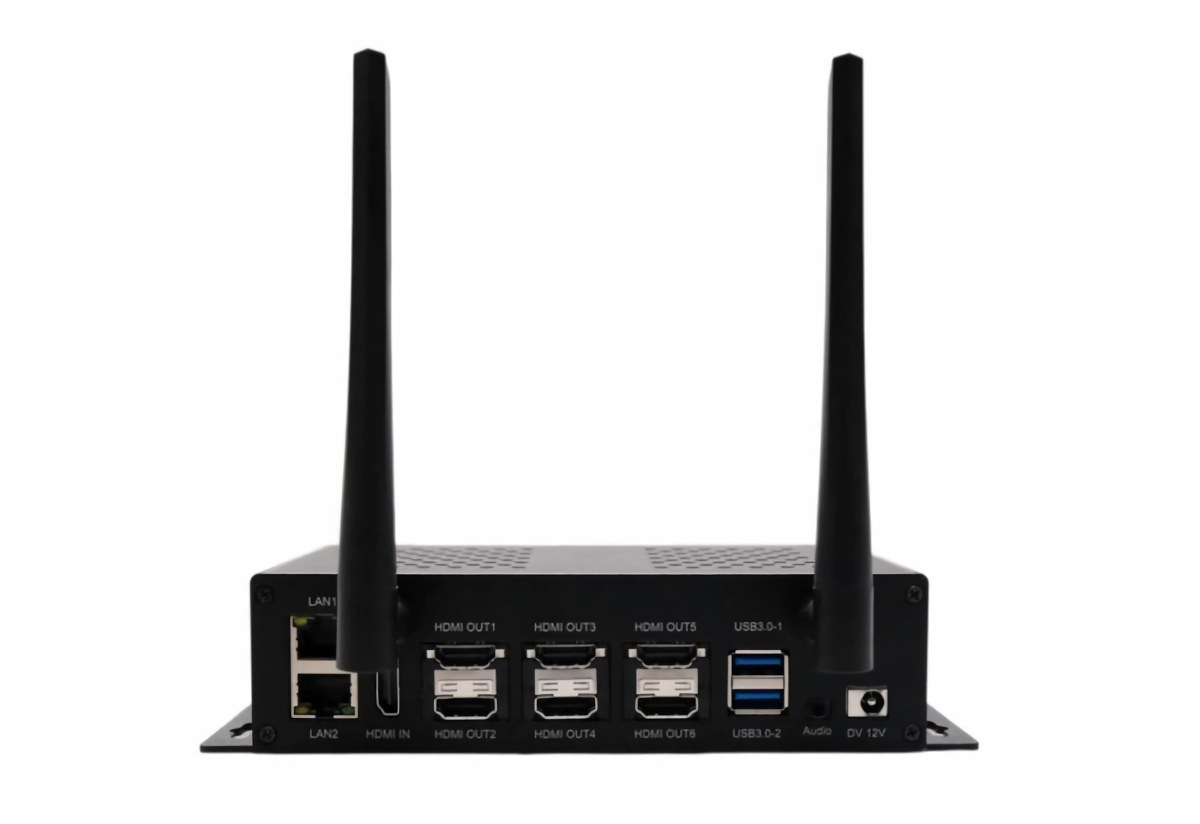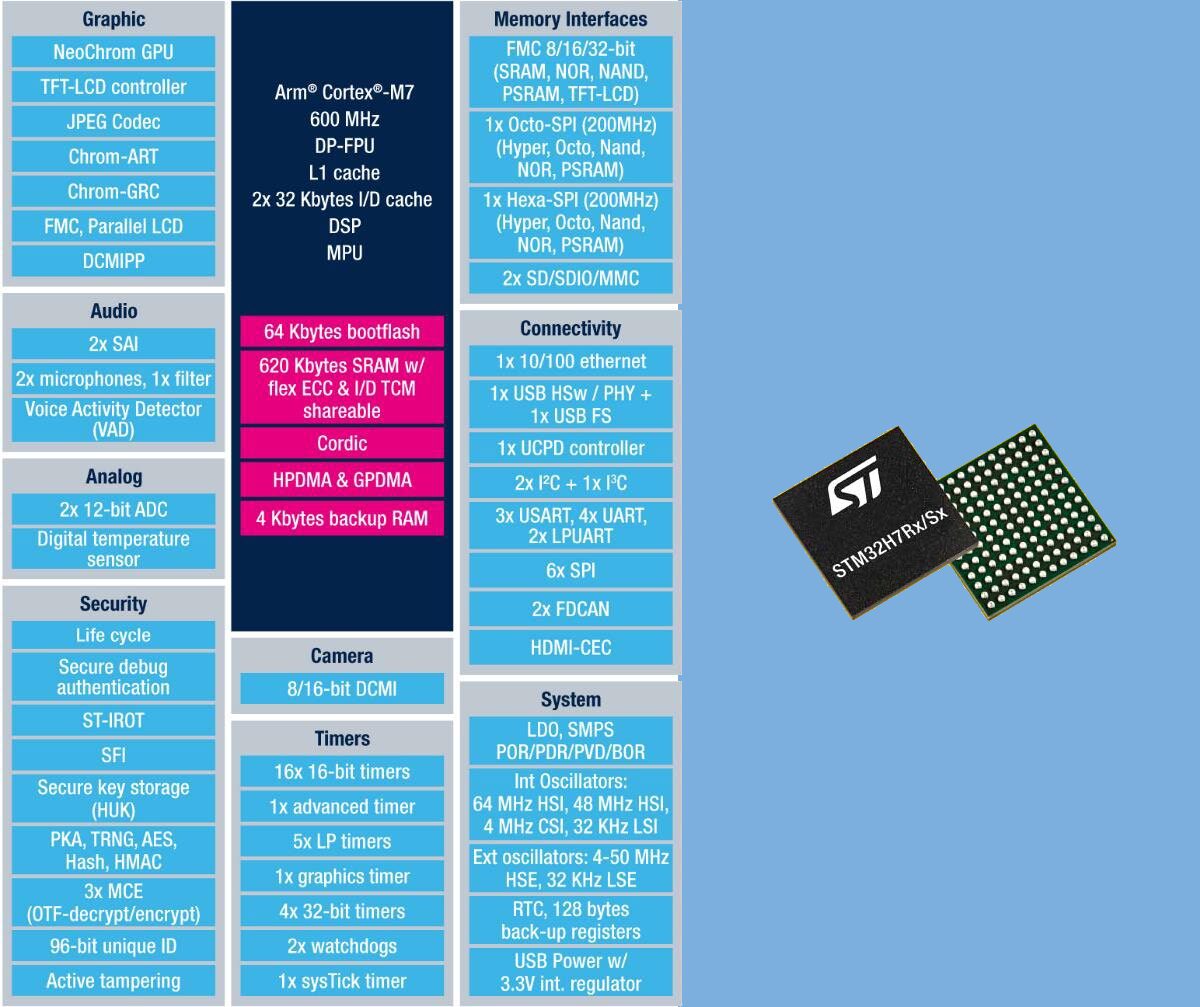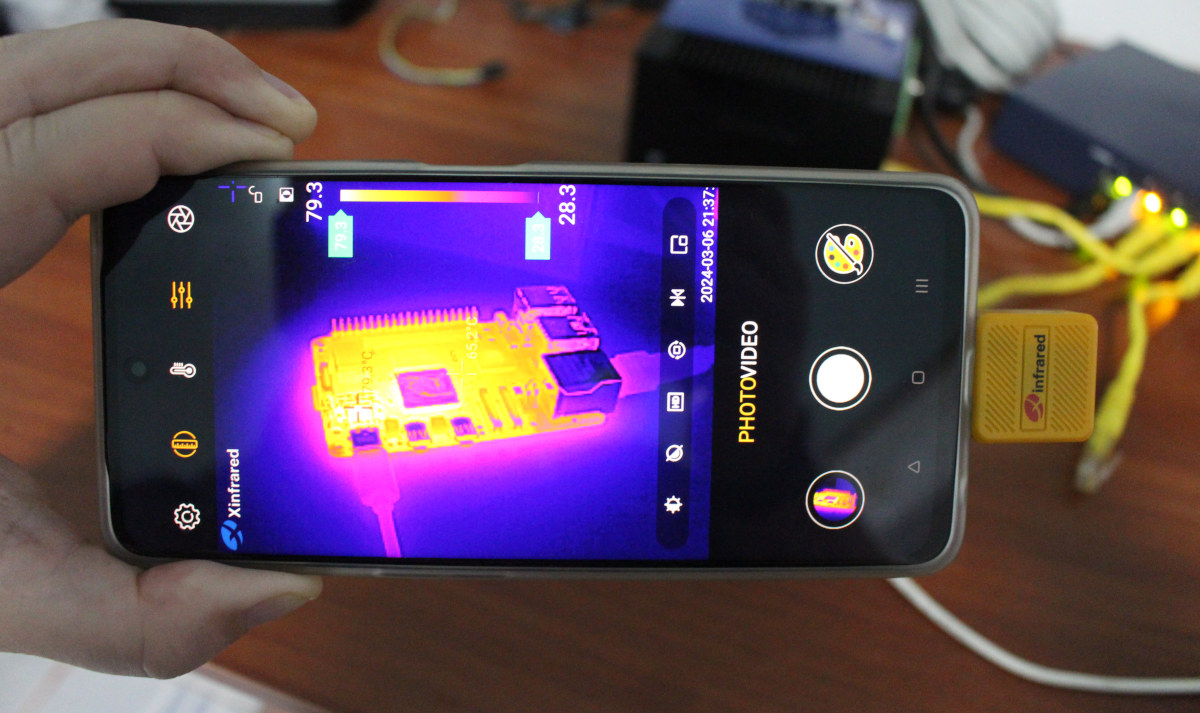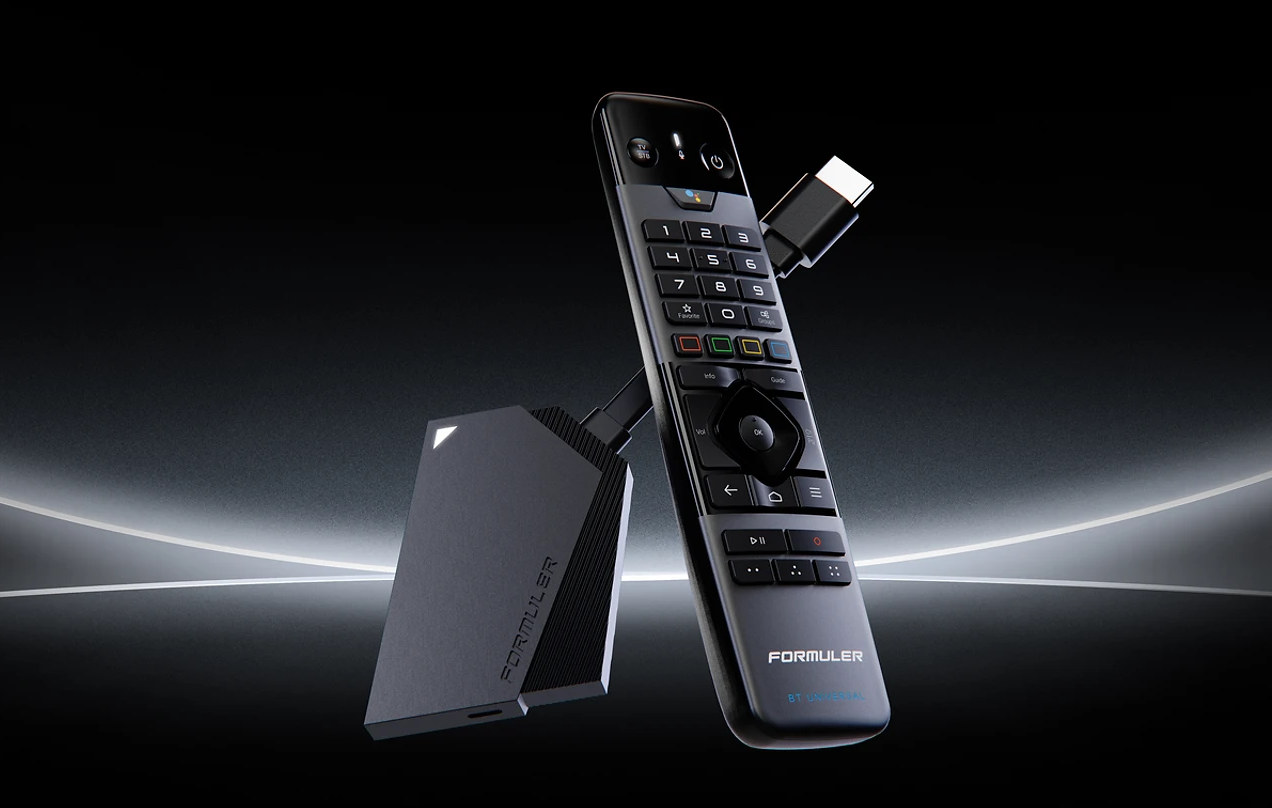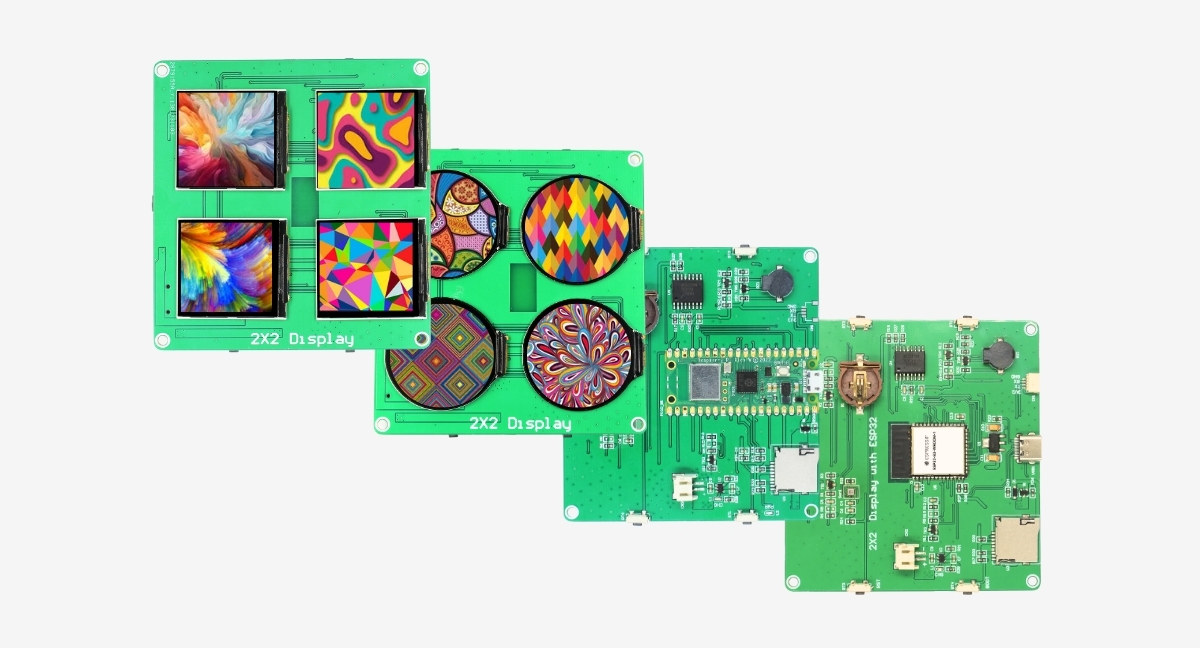HUION Kamvas Pro 16 (2.5K) is a 15.8-inch drawing tablet with 2.5K resolution that comes with a stylus supporting 8192 levels of pressure. The company sent us a review sample, so I’ll test it as an external display in Windows 11 and Ubuntu 22.04, and check the drawing functions of the Kamvas Pro 16 with the stylus as well as other potential use cases. Kamvas Pro 16 (2.5K) specifications (model GT1602) But before that, let’s list the specifications of the display: Panel – 15.8-inch (diagonal) IPS display at 60 Hz Resolution – 2560 x 1440 (16:9) QHD PPI (Pixels Per Inch) – 186 Active Area – 349.6 x 196.7 mm Contrast Ratio – 1200:1 Brightness – 220nit (Max.) Response Time – 14ms Viewing Angle – 178° (89°/89°(H)/89°/89°(V) (Typ.)(CR>10)) Color Gamut Volume – 145% sRGB Color Gamut Coverage – 99% sRGB / 99% Adobe RGB Colors – 16.7M (8-bit) Surface Finish […]
Sparkfun’s Pulsed Coherent Radar Sensor features Acconeer XM125 60 GHz module, works through walls, offers up to 20-meter range
SparkFun has launched a new Qwiic breakout board for the Acconeer XM125 60 GHz pulsed coherent radar sensor that can measure distance to humans even through walls and works at a distance of up to 20 meters. We’ve seen tiny 24GHz or 60GHz radar modules for several years now, and Supachai even reviewed the Seeed Studio mmWave sensor using ESPHome and Home Assistant late last year with the solution relying on Frequency-Modulated Continuous Wave (FMCW) technology. The Acconneer XM125 is a Pulse-radar module that emits electromagnetic waves in short bursts instead of continuously like FMCW radars and allows longer measurement ranges potentially at the cost of lower accuracy. Sparkfun Pulse Coherent Radar Sensor specifications: Acconeer XM125 Module A121 60GHz Pulsed Coherent Radar (PCR) Integrated baseband, RF front-end, and antenna in package Detects distance, speed, motion, and objects up to 20 meters away Millimeter precise readings Low power consumption STMicro STM32L431CBY6 […]
SolidRun launches Hailo-15 SOM with up to 20 TOPS AI vision processor
In March last year, we saw Hailo introduce their quad-core Cortex-A53-based Hailo-15 AI Vision processor. The processor features an advanced computer vision engine and can deliver up to 20 TOPS of processing power. However, after that initial release, we didn’t find it in any commercial products with the SoC. But in a recent development, SolidRun has released a SOM that not only features the Hailo-15 SoC but also integrates up to 8GB LPDDR4 RAM and 256GB eMMC storage along with dual camera support with H.265/4 Video Encoder. This is not the first SOM that SolidRun has released. Previously, we wrote about the SolidRun RZ/G2LC SOM, and before that, SolidRun launched the LX2-Lite SOM along with the ClearFog LX2-Lite dev board. Last month, they released their first COM Express module based on the Ryzen V3000 Series APU. Specification of SolidRun’s Hailo-15 SOM: SoC – Hailo-15 with 4 x Cortex A53 @ 1.3GHz; […]
Mekotronics D58 embedded computer features 6 HDMI outputs for video walls or mirrored displays
Mekotronics D58 is a Rockchip RK3588 embedded computer running Android or Linux with six HDMI outputs for 4K video walls or multiple mirrored displays that should be mostly useful for digital signage applications. The system comes with up to 16GB RAM and 128GB eMMC flash, supports NVMe and SATA storage, comes with two GbE ports, WiFi 6 connectivity, optional 4G LTE and GNSS, one 4K-capable HDMI input port, four USB ports, some DB9 connectors for serial communication (RS232, RS485, TTL), and a terminal block with GPIOs and CAN bus. Mekotronics D58 specifications: SoC – Rockchip RK3588 octa-core processor with CPU – 4x Cortex‑A76 cores @ up to 2.4 GHz, 4x Cortex‑A55 core @ 1.8 GHz GPU – Arm Mali-G610 MP4 GPU with support for OpenGL ES 1.1/2.0/3.2, OpenCL 2.2, Vulkan 1.2 Video decoder – 8Kp60 H.265, VP9, AVS2, 8Kp30 H.264 AVC/MVC, 4Kp60 AV1, 1080p60 MPEG-2/-1, VC-1, VP8 Video encoder – […]
600 MHz STM32H7R/S Cortex-M7 MCUs feature 620KB SRAM, 64KB boot flash, optional NeoChrom GPU
STMicro has launched the high-performance 600 MHz STM32H7R/S Arm Cortex-M7 microcontrollers: the STM32H7R3/S3 General-purpose MCU lines, and STM32H7R7/S7 graphics MCU lines adding a NeoChrom 2.5D GPU. Both ship with a large 620KB SRAM and a small 64KB boot flash. The reason for the small boot flash is to have the application code and data stored off-chip memory ICs to provide more flexibility to customers when it comes to the choice of memory type and capacity to fulfill the application requirements and lower the BoM cost. The “S” in the STM32H7S microcontrollers stands for Security with a crypto/hash engine that can help the final product achieve SESIP Level 3 and/or PSA Certified Level 3 certifications. Many of the specifications are similar to the STM32H7 microcontrollers, but performance is better going slightly faster than the 550MHz STM32H7 MCUs added in 2020, and the STM32H7R/S adds some new features: 200 MHz Hexadeca SPI […]
Xtherm II TS2+ review – A 256×192 thermal imager tested with an Android smartphone
Shortly after I wrote about the Mustool MT13S 2-in-1 thermal imager and multimeter, Xinfrared asked me if I wanted to review the Xtherm II TS2+ thermal imager for smartphones. They offer versions that work for Android or iOS smartphones, so the company sent me the Android version of the Xtherm II TS2+ for review. After listing the key features and specifications, I’ll go through an unboxing, and report my experience using the thermal imager with the OPPO A98 5G smartphone running Android 14. Xtherm II TS2+ specifications Minimum focus – 8mm Resolution – 256×192 Pixel Pitch – 12μm FOV – 44.9° x 33.4° Image Frame Rate – 25Hz NETD (Noise Equivalent Temperature Difference) – ≤40mK@25°C, F#1.0 MRTD (Minimum Resolvable Temperature Difference) – ≤500mK@25°C,F#1.0 Temperature Range Measurements- -20°C ~ +450°C with ±2°C or ±2% reading accuracy Operating – -20°C ~ +50°C Temperature Correction – Manual/automatic Power Consumption – <350mW Dimensions – […]
RealTek RTD1325 SoC shows up in Formuler Z mini 4K Android 12 dongle
Formuler Z mini is a 4K Android 12 TV dongle powered by the new RealTek RTD1325 SoC with a Mali-G57 MC1, 4K AV1 video processing unit, and support for features such as Quick Media Switching (QMS) from the HDMI 2.1 specifications. The Android TV dongle also comes with 2GB LPDDR4 memory, 8GB eMMC flash, an HDMI 2.1 port up to 4K resolution, WiFi 5 and Bluetooth 5.0 connectivity, Widevine L1 DRM, and a Bluetooth voice remote control. Formuler Z mini specifications: SoC – RealTek RTD1325 CPU – Quad-core Arm Cortex-A55 @ 1.7GHz with 512KB L3 cache [Updated on April 24, 2024 – See comments section] GPU – Arm Mali-G57 MC1 VPU – 4Kp60 10-bit AV1 video decoder System Memory – 2GB LPDDR4 @ 2400MHz Storage – 8GB eMMC flash Video Output – HDMI 2.1 up to 4K resolution (3840 x 2160) with 4K HDR (HDR10+, HLG), QMS support Networking – […]
2×2 Quad Display Board uses Raspberry Pi Pico W or ESP32-S3-WROOM-1 module to drive four displays (Crowdfunding)
SB Components’ 2×2 Quad Display Board is an MCU development board fitted with either a Raspberry Pi Pico W board or an ESP32-S3-WROOM-1 module used to drive four small color displays in square or round shapes. The board specifically features either four 1.54-inch square TFT displays or four 1.28-inch round displays, a microSD card, an RTC with coin-cell battery holder, and a USB-C port for power and programming, plus a few buttons. It may feel like it’s coming out of the but-why-because-we-can department, but the company expects it to be used for signage, interactive displays, art projects, portable devices, data loggers, education, and more. 2×2 Quad Display Board specifications: Main control (one or the other) Raspberry Pi Pico W MCU – Raspberry Pi RP2040 dual-core Cortex-M0+ microcontroller @ 133 MHz with 264KB SRAM Storage – 2MB QSPI flash Wireless – WiFi 4 and Bluetooth LE 5.2 USB – 1x Micro […]


